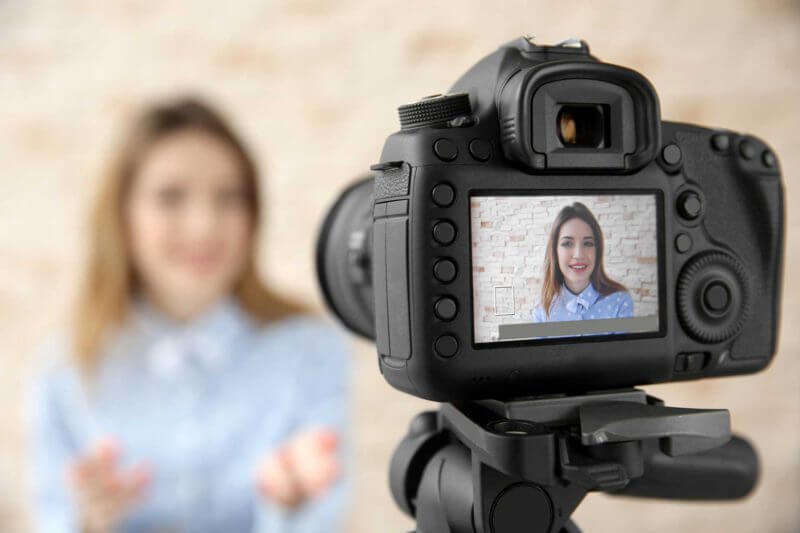There are a lot of great reasons why businesses and individuals are so interested in video. However, if you’re going to shoot your videos in-house and you don’t want your videos to look like they were, you know, shot in-house, you’re going to need to invest in some video equipment. On the lower end of the cost spectrum, here are some solid choices to consider: iPhone 7 Plus camera It might seem a bit odd to recommend a camera phone for shooting quality digital video, but — unlike many camera phones — the iPhone 7 Plus comes with a large and a small camera aperture. This is important because multiple aperture sizes give you a lot of options for more professional shots (wide shots, close-ups and more). The standard zoom on most camera phones simply can’t produce shots with this sort of quality. The great thing about this camera is the fact that you can use it to shoot in 4K. Tascam DR-40 microphone When it comes to digital video, sound quality is just as important as video quality. Additional things to consider Unfortunately, it’s not quite enough to buy a camera, audio and lighting. Conclusion Between the camera, microphone, lighting and extras, if you want to produce decent videos, you should probably expect to spend at least $1,500 to $3,000 on video equipment. Some opinions expressed in this article may be those of a guest author and not necessarily Marketing Land.

Whether you’re a blogger or a business, these days, digital video is all the rage. Every website seems to have a video; every business seems to have a YouTube channel.
There are a lot of great reasons why businesses and individuals are so interested in video. Digital video is an incredibly rich, expressive medium.
After all, if a picture says a thousand words, how many words do 24 to 30 pictures a second convey?
However, there’s a dark side to video. All of those figurative words are great, but if your video is poor quality, the main message your viewers will come away with is, “This video is terrible. Therefore, the business or person who made this video must be terrible.”
That’s not a message you want to send.
The easiest solution, of course, is to simply hire a studio to shoot your videos for you. But if you plan on making a lot of videos, that can get expensive — fast.
In this situation, the cheapest way to do things is to shoot your videos in-house. However, if you’re going to shoot your videos in-house and you don’t want your videos to look like they were, you know, shot in-house, you’re going to need to invest in some video equipment.
To help you identify the right sort of video equipment for your needs, let’s take a look at some of the more affordable options. Just as a disclaimer, I’m not affiliated with any of the companies that sell the products we’ll be discussing; I simply think that they are great examples of the kind of products you should consider.
Doing things on the cheap
Obviously, the cheapest possible way to shoot a video ad is to grab whatever camera you have on hand, set it on a table and do your thing.
However, that sort of approach usually produces videos that look about like this:
To produce a halfway decent video, you need halfway decent video equipment.
The good news is, you don’t have to spend a fortune on equipment to get your digital video efforts off the ground. Cheaper equipment means more work on the editing end of things, but if you’re willing to put in the time and effort, you can still produce a pretty nice video.
On the lower end of the cost spectrum, here are some solid choices to consider:
iPhone 7 Plus camera
It might seem a bit odd to recommend a camera phone for shooting quality digital video, but — unlike many camera phones — the iPhone 7 Plus comes with a large and a small camera aperture. This is important because multiple aperture sizes give you a lot of options for more professional shots (wide shots, close-ups and more).
Here’s a great example of some of the sorts of shots you can get with an iPhone 7 Plus (You can see a great close-up-to-wide transition at around 38 seconds):
This sort of transition works best with multiple lenses. The standard…

COMMENTS